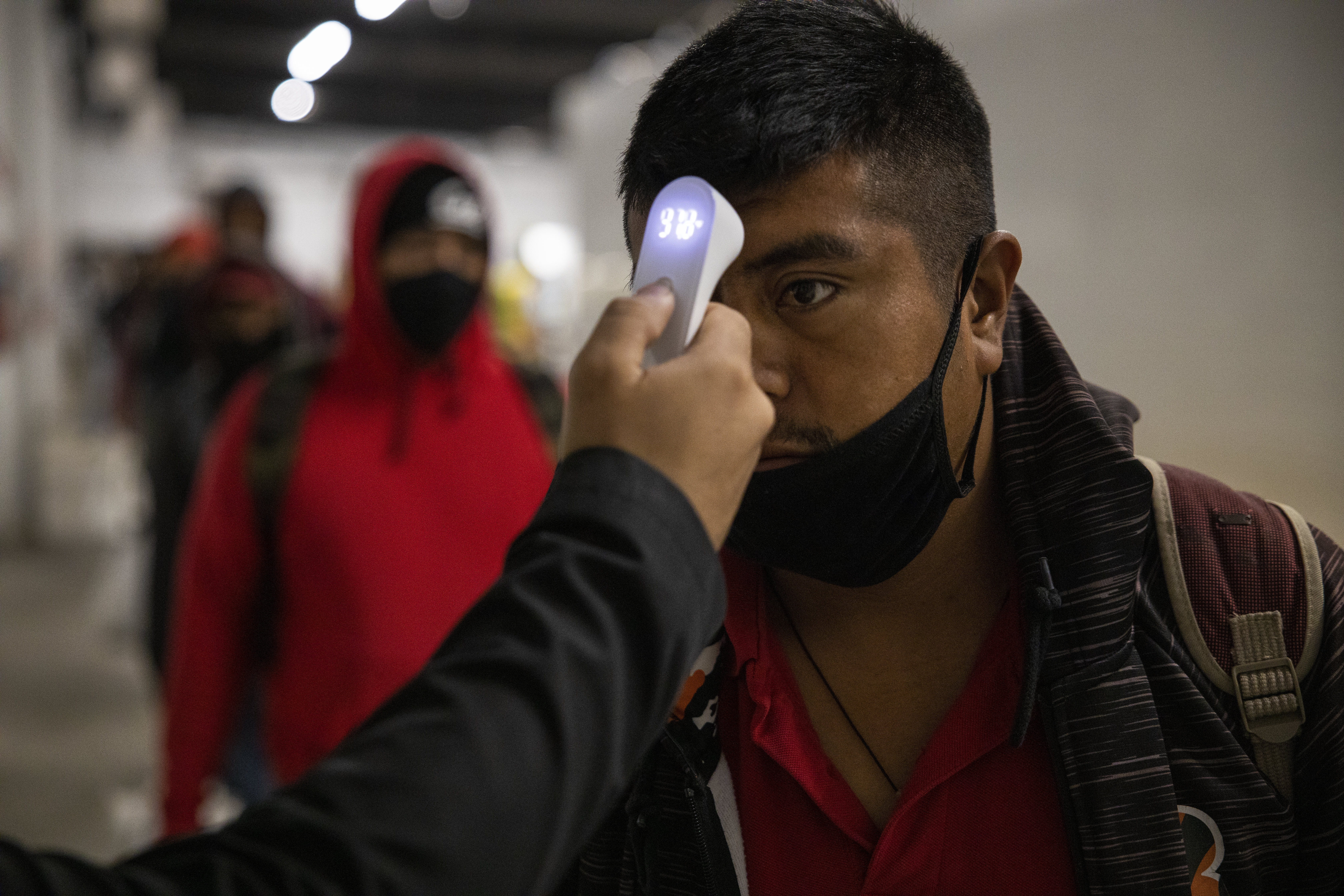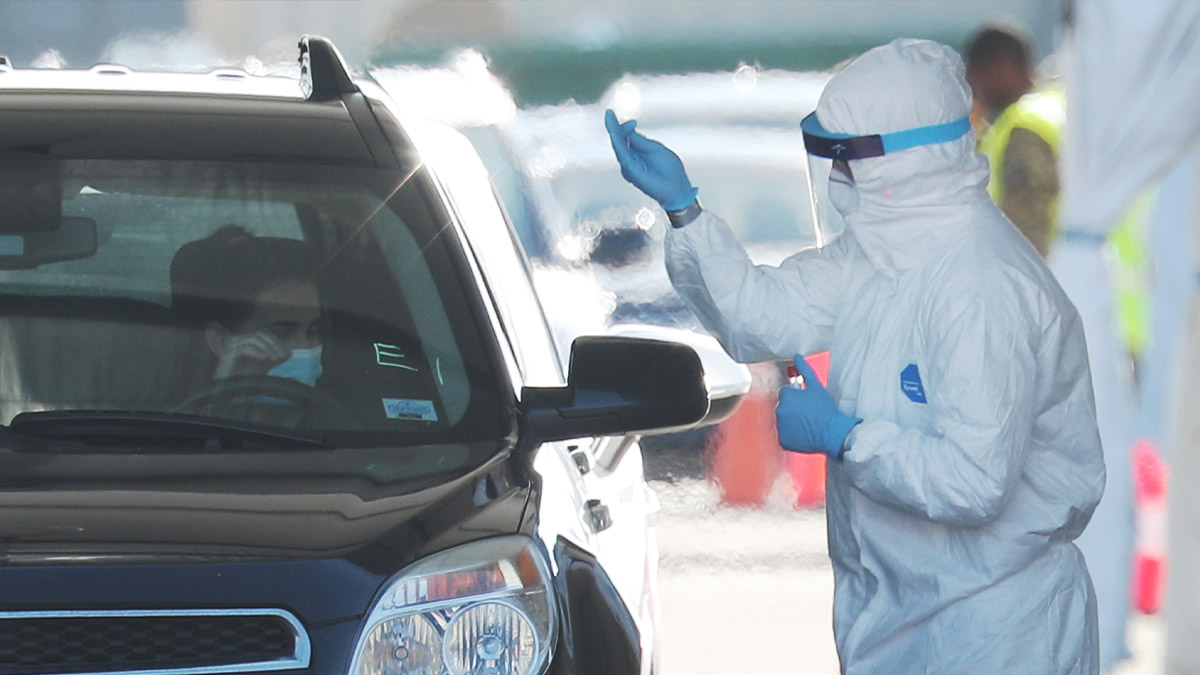Cities, counties and the state of Florida will begin to lift restrictions on movement and business, but there’s an open debate over how fast that should happen.
Dr. Shamarial Roberson, one of the state’s leading health officials, said the health department is ready for whatever the process looks like.
“It’s important that people implement mitigation strategies. But we are poised and ready to respond either way," Roberson said.
CORONAVIRUS LATEST
Contact tracing is a key element of opening the state back up. It involves virus investigators - epidemiologists - who talk to each infected person to trace where the virus went.
It works like this: Florida epidemiologists reach out to someone who tested positive for the coronavirus. They ask them who they’ve talked to, where they went, and when did their symptoms start. Then, they follow up with those people and ask the same questions.
It’s bread-and-butter public health, and it’s what allows state leaders to know where the virus is.
Florida has an integrated health system, a pyramid that includes county, regional and the state health departments.
The largest issue they’ve come up against was that early on, there weren’t enough epidemiologists in the state to tackle the virus as it spread everywhere. There were more than 200 epidemiologists across the state, but the state department wanted more as the virus was predicted to kill thousands. So the department hired 223 students, faculty and staff from public health departments in state universities, nearly doubling their epidemiologist staff to close to 500.
Dr. Roberson, the Deputy Secretary at the Florida Department of Health, spoke to NBC 6 from the state emergency operations center. She said epidemiologists just had to put their skills to work against this virus like they’ve done before for Ebola, SARS and AIDS.
“It’s the same for this infectious disease as we’ve used for a very long time. So it’s not harder. It is systematic. It is thought out. It is well used. We feel very comfortable with the system we have. And we’re very proud of our employees in the different counties to make this a successful effort,” Roberson said.
Contact tracing is not a new tool. It’s how people in public health always track viruses. Two things were a bit different in 2020 for SARS-COVID-2, however, it was brand new so they had to learn about the virus on the fly, and they needed to bulk up their staff for an unprecedented outbreak in the state of Florida.
“This is part of what we train to do our entire lives. They’re doing what they’d be doing normally. They are making sure that they remain vigilant 24 hours a day, seven days a week, to ensure that we come back from this pandemic,” said Roberson.
It is virus detective work. State health workers isolate an infected person and retrace everywhere they’ve gone and everyone they’ve met. Then, they isolate those people and they repeat that process.
In the frantic early days of the pandemic, health workers had to adjust to how the virus acted, learning how it was spread, who it impacted, and what the symptoms were.
“You work with many different partners to make sure that we continuously learn about this,” said Roberson.
Tuesday in the Oval Office, Gov. Ron DeSantis told President Donald Trump the department’s contact tracing was key in containing the virus to southeast Florida. So when health workers found a case in rural Florida, they were able to isolate and quarantine that person, keeping the virus, for the most part, where it already was.
Florida is near the top for the number of tests states have administered. The DeSantis administration feels it has a pretty good handle on the virus. That can change, but beginning this week, the state will begin to open up step by step.
Dr. Roberson said it will be easier if individual people practice good mitigation strategies: washing hands, wearing masks and keeping six feet in between each other. Those measures will also limit the spread of the virus, making the job easier for epidemiologists.



